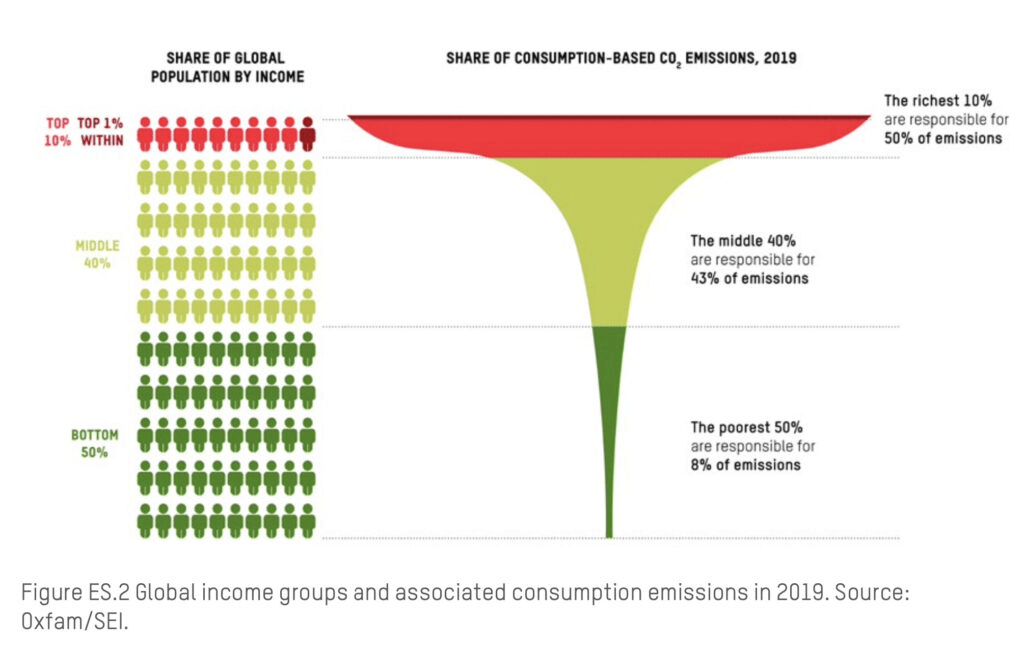Recent scientific investigations have revealed a surprising factor contributing to the carbon dioxide (CO2) emissions from Lake Geneva: rock weathering. Contrary to longstanding beliefs that organic material decomposition was the primary source of these emissions, researchers have discovered that the lake receives minimal organic matter. This shift in understanding has significant implications for the broader study of carbon cycling in freshwater systems.





